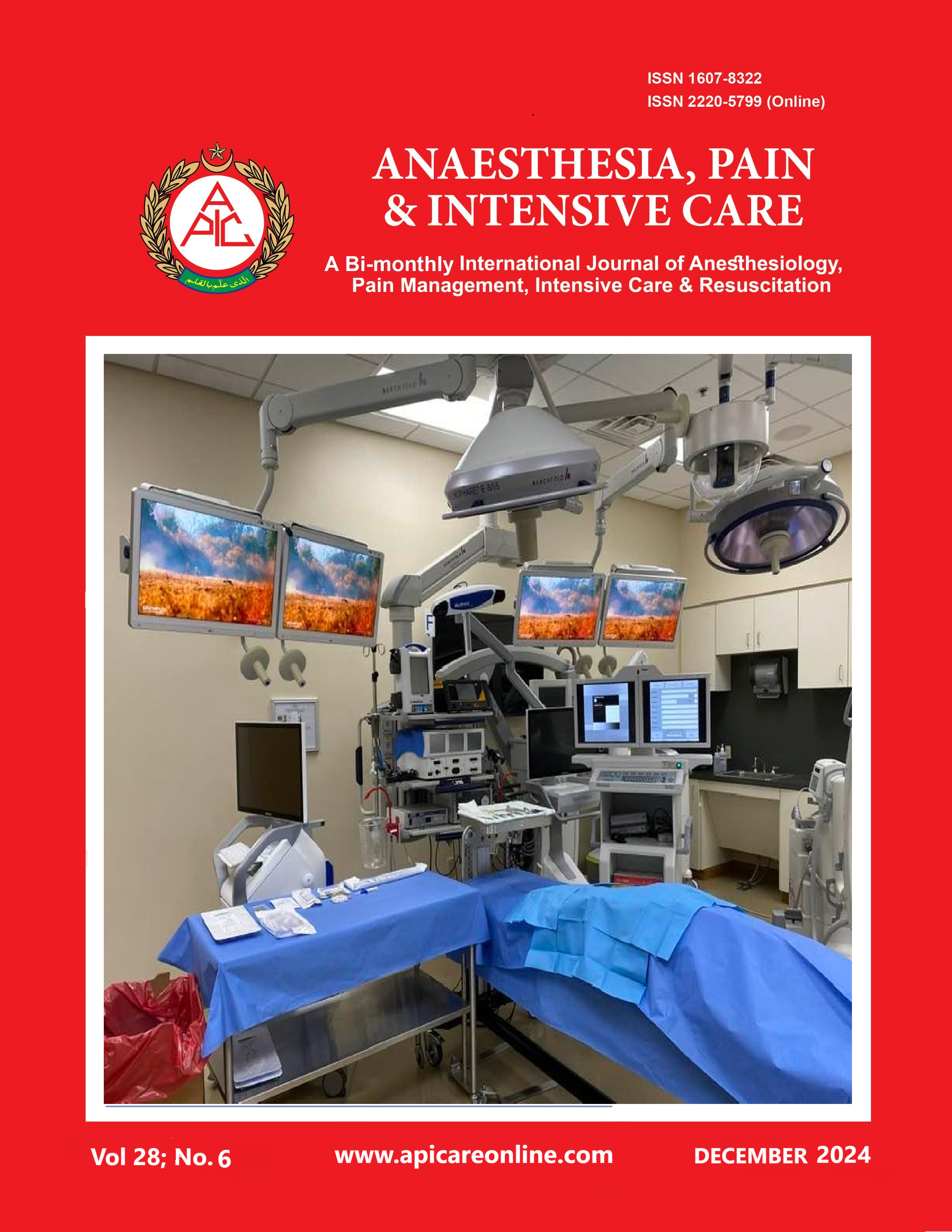Comparison of the effects of normal and cesarean delivery methods and general and spinal anesthesia techniques on the inflammatory response
Abstract
Background: Childbirth induces an inflammatory response that varies with the delivery mode and anesthesia type. This study investigates how normal delivery (ND) versus cesarean section (CS) under spinal anesthesia (SA) or general anesthesia (GA) affects inflammatory markers, including mean platelet volume (MPV), neutrophil-to-lymphocyte ratio (NLR), and platelet-to-lymphocyte ratio (PLR).
Methods: This retrospective study included patients who underwent ND or CS at a tertiary care hospital in Turkey between 2013 and 2017. Patients with significant illnesses were excluded. Patients were categorized into three groups: CS-SA, CS-GA, and ND. Blood samples were taken preoperatively and 24 h postpartum to measure MPV, NLR, and PLR.
Results: The mean age was 27.8 ± 3.8 years. Hemoglobin and platelet counts decreased significantly in all groups, while NLR increased. PLR increased in the CS-SA and CS-GA groups but not in the ND group. MPV decreased significantly only in the CS-SA group. Postoperative NLR, PLR, and MPV showed significant differences between the groups, with the highest response in the CS-GA group.
Conclusion: Cesarean section under general anesthesia is associated with a higher inflammatory response compared to spinal anesthesia or normal delivery. Normal vaginal delivery results in the lowest inflammatory response.
Keywords: Cesarean Section; Anesthesia, Spinal; General; Inflammatory Response; Neutrophil-to-Lymphocyte Ratio
Citation: Hazar EU, Altınışık HB. Comparison of the effects of normal and cesarean delivery methods and general and spinal anesthesia techniques on the inflammatory response. Anaesth. pain intensive care 2024;28(6):1017-1022; DOI: 10.35975/apic.v28i6.2608














